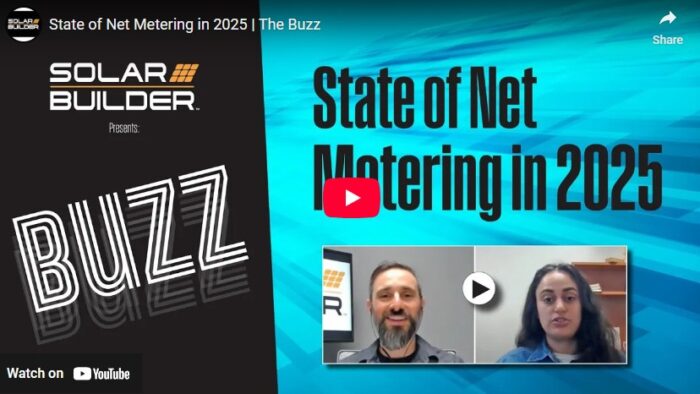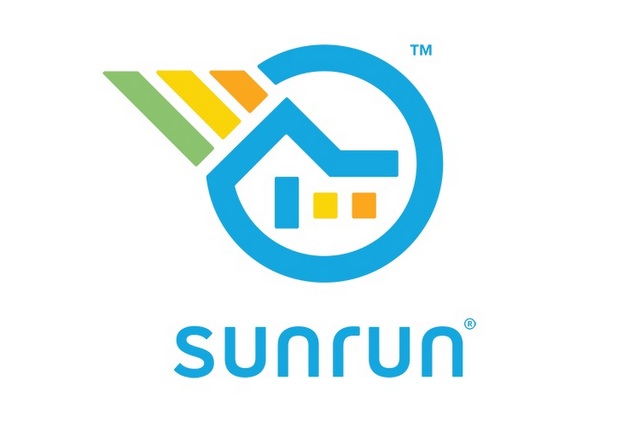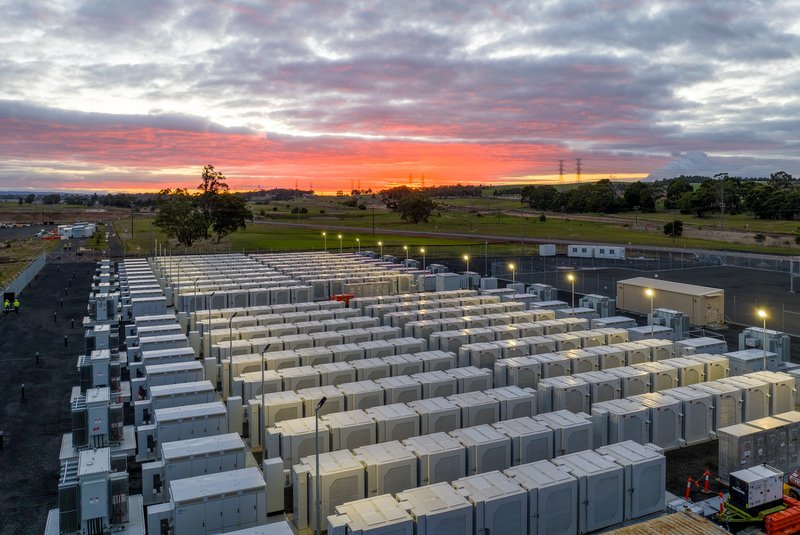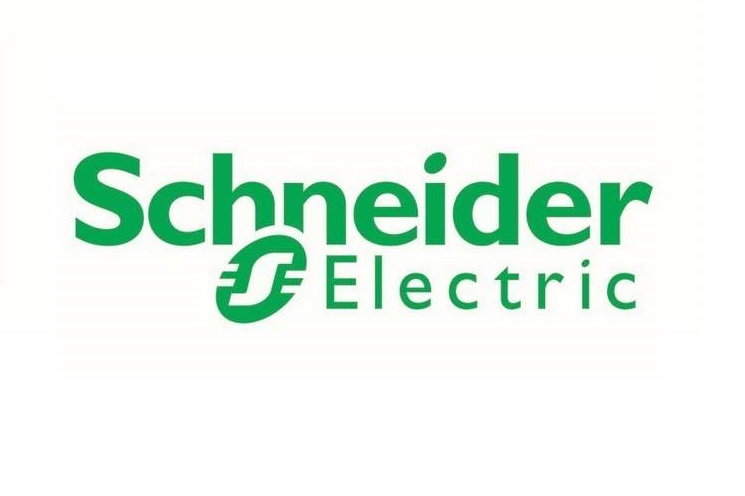State of net metering and solar compensation in 2025 | The Buzz

Solar energy compensation continues to change across the country, as utilities move away from retail net metering. A great resource for following these trends is the NC Clean Energy Technology Center. The Center is home to the Database of States Incentives for Renewables and Efficiency (DSIRE), a public good that provides information on policies and programs related to clean energy at the federal, state, local, and utility level across the United States.
Its quarterly 50 States of Solar series provides insights on state regulatory and legislative discussions and actions on distributed solar policy, with a focus on net metering, distributed solar valuation, interconnection rules, community solar, residential fixed charges, residential demand and solar charges, and third-party ownership.
Joining The Buzz to sum up the latest actions, and chat about the future of net metering is Rebekah de la Mora, a Senior Policy Analyst at the NC Clean Energy Technology Center at NC State University. You can watch the full episode below, or listen as a podcast. Apple | Spotify | Podbean
Watch: State of Net Metering in 2025
Trends in changes to rate design and net metering for solar customers
Rebekah: “A lot of the trends we’ve been seeing have been really focused on residential solar customers a shift to time-varying rates, a shift to successor tariffs, changing the credit value, integrating multi-family units, and then also a little bit of new fees. I’m going to go through those one by one.
First, we have the time-varying rates also called time of use rates (TOU). This is also kind of ties in with the successor tariffs of traditional net metering. Usually you pay the utility for whatever electricity you use, and in return they pay you for whatever energy you export to the grid, usually at the retail rate. You’re getting paid the same amount that you pay, and it’s usually on a monthly basis.
With the shift, however, to successor tariffs and time of use rates, we’re kind of seeing a change in how that compensation is being kind of graded during the day. Because when you actually look at how the grid functions, the demand and the capacity of the grid is going to change throughout the day. … And that doesn’t actually always line up exactly with when you’re actually generating solar energy and exporting to the grid. So, states and utilities are looking to shift, so you’re getting closer to real time value out of this distributed solar energy.
Along with that, we’re also then seeing changes to the credit values in and of themselves toward those successor tariffs. We’re seeing changes where it can be lower than the retail rate. The lowest we’ll ever see is usually the avoided cost rate.
Then we have the multi-family units. Traditionally, people who live in apartment buildings like myself, we can’t actually put solar on a roof because we don’t have a roof. So, if we’re going to have on-site solar, it’s through the owner of the building. But there are complications when it comes to actually compensating them. A lots of times they were then treated as a commercial building for the purpose of net metering. We’re seeing a lot more states actually shifting that now. These customers can be treated actually as residential customers and get the same benefits as a residential customer in a single-family home.
Finally, the last thing we’re seeing are fees. They’re trending still but they’re not as common anymore. Utilities are trying to find alternative ways to compensate for the cost. We’re seeing a lot more focus now on utilities changing that netting interval and the credit rate.
Pick up the conversation right there…
- 4:49 – Are there more actions happening now than previously?
- 7:37 – So, is it fair to say “net metering is dead” ?
- 9:09 – Impact of interval data & time of use rates on distributed generation compensation
- 13:35 – Will moving to TOU billing hurt nascent solar markets?
- 17:46 – What states have “friendlier” solar compensation rates?
- 19:15 – Boosting incentives for commercial solar customers
- 23:02 – Emerging markets for commercial solar + storage





Comments are closed here.